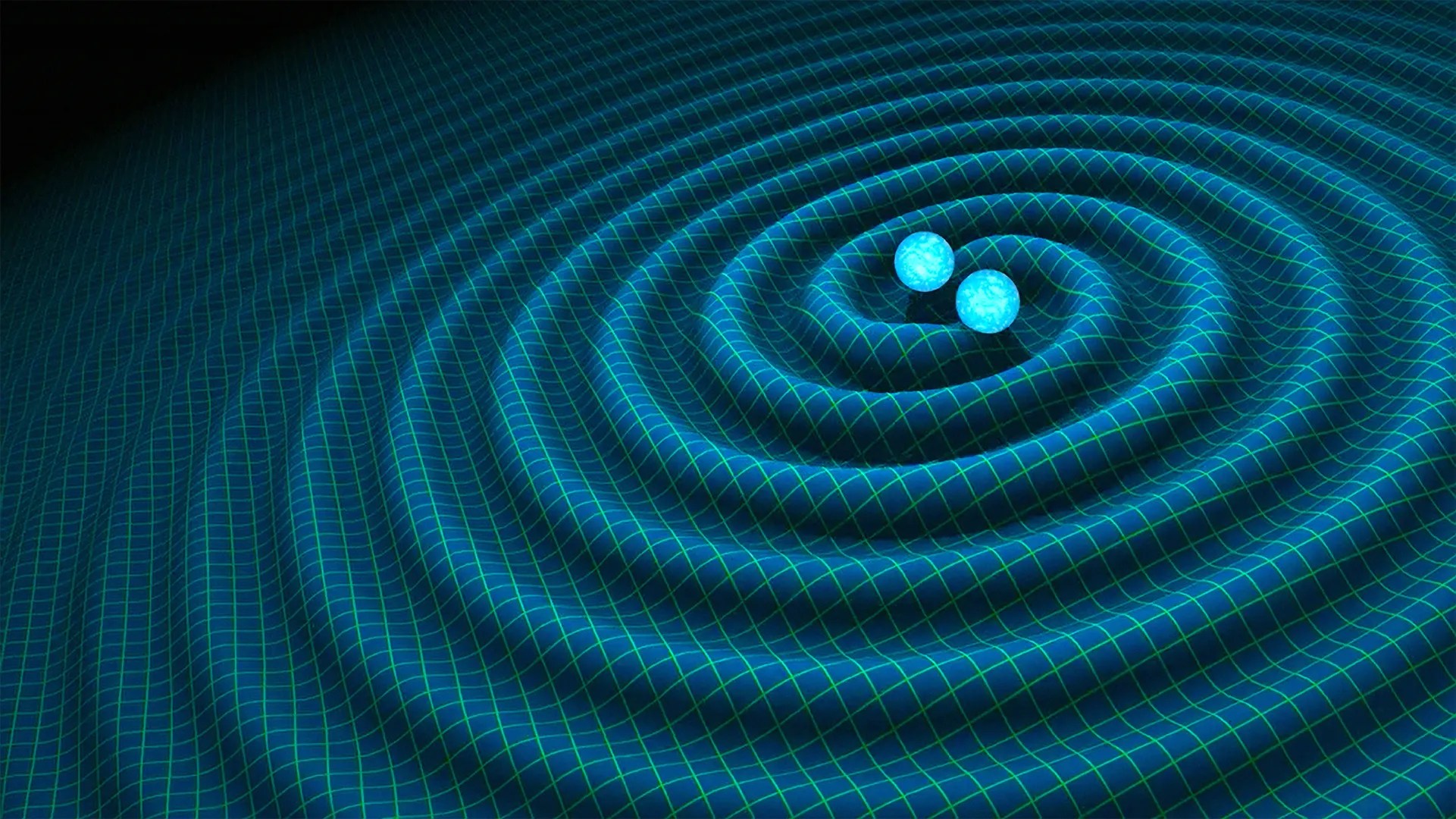
Mary Bubb
Reporter, Reuters
Mary Bubb has earned a special place in the annals of space reporting history.
She was the first female reporter to cover the space program. She covered it from both a popular standpoint and technical perspective by reporting for wire services and publications such as Electronic News.
When she started in the business, Bubb told one reporter, “I didn’t know a rocket from a hole in the ground.” A graduate of the University of Massachusetts with a major in history and psychology, she enlisted in the Women’s Army Corps and after basic training was sent to Oro Bay, New Guinea and then to Manila in the Phillipines. An omen of things to come, she started her journalism career as the only woman on the military’s Daily Pacifican where she covered a multitude of stories including the trial of General Yamashita.
After the war she sought a job on the Boston Globe, but when she was turned down there she went to work for the Worchester Telegram. Next she moved to the Jamestown (N.Y.) Sun. In Jamestown she also met her husband Maurice Bubb and soon married. Two sons followed as well as moves to Arizona and Illinois. Although she had a full-time job as wife and mother, she continued to write freelance articles. It was in Peoria that she began to work as a stringer for Fairchild publications. The move to Florida in 1956 came in response to health concerns for her youngest son.
Soon after the move to Florida, a Fairchild editor suggested Mary cover the rocket firings at Cape Canaveral for two new magazines the company was starting, Electronic News and Metalworking News. Soon she was hooked. She became a charter member of the “birdwatchers” which was what the reporters in the early days were called. At that time reporters were not allowed on the base and rocket launches were not announced. Security men were sensitive to anyone finding out about impending launches and so reporters were forced to watch for clues, such as the shrimp boats coming back to port, from the public beach. Although it may not have actually fooled anyone, the reporters often had bird books along with their binoculars and claimed they were “bird watchers.”
In 1958, she became a full time correspondent for Reuters News Service, a job she held the rest of her life.
Bubb also accepted assignments from Time-Life, the London Daily Telegraph, Springer News, Quick Magazine in Germany and numerous newspapers. She also covered for many regular reporters from the wire services and other organizations when they were on vacation or on other assignments.
For many years she was arguably the hostess of the most interesting parties in Cocoa Beach, attracting astronauts, news people, corporate executives and space program leaders from this country and abroad. Her parties often were spur-of-the-moment affairs springing from the frequent launch delays in the early days of the program when people were suddenly in town for much longer than they anticipated. An excellent cook, she would invite dozens of people and direct them to supply the various ingredients or to pitch in on the jobs to be done to get ready.
Addicted to hats, Bubb created a new design for every launch and often ended up being part of the pictorial story in publications around the world. Traveling space mangers and public relations people often brought back hats for her from their travels.
The result was a larger than life, but respected reporter who not only did her own work for her publications but often covered for many other reporters.
One of her proudest moments was being honored by NASA with a lifetime achievement award in 1987 at the Canaveral Press Club’s Page One Ball.
Bubb passed away in 1988 at the age of 67.


























